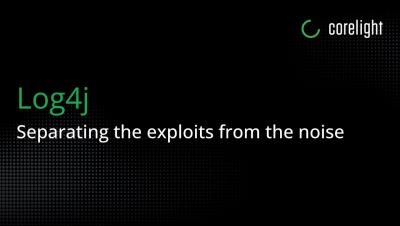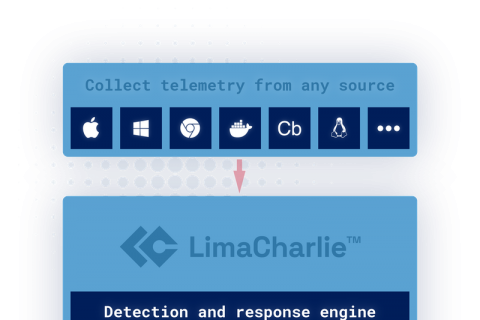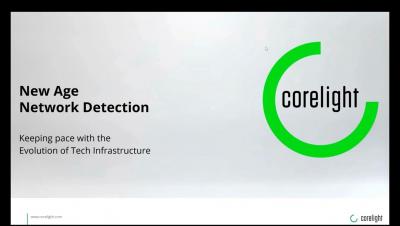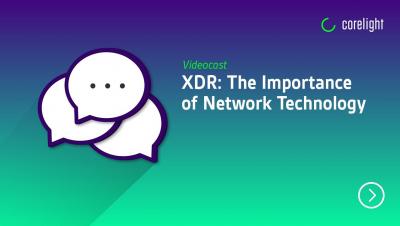Security | Threat Detection | Cyberattacks | DevSecOps | Compliance
February 2022
Acting on CISA's advice for detecting Russian cyberattacks
Given that active cyber warfare has broken out alongside Russia’s active invasion of Ukraine - from Russian wiper malware to Anonymous hacking Russian state TV - CISA’s recent “Shields Up” memo is a timely insight into some of the TTPs defenders of critical infrastructure should be keeping an eye out for. Let’s break down the four key areas outlined in the memo and examine ways they can be detected with network data.
Thinking Like a Threat Actor: Hunting the Ghost in the Machine
How to Generate Your First Detection in CrowdStrike Falcon
Application Layer Infrastructure Visibility in IaaS
The migration to cloud provides faster time to deployment and elasticity, but often at some cost and complexity to infrastructure control and visibility. A concrete example we can use is a deployment of web servers with rational security group configuration, in light of the recent Log4Shell vulnerability. While limitations are similar in all IaaS environments, consider the following AWS architecture with focus on the web servers running on EC2 instances.
Collect & Monitor Telemetry From Any Source
LimaCharlie is continuously expanding the list of difficult problems it solves for security, incident response, cloud engineering and DevSecOps teams across a broad range of customers. Along with an advanced EDR, log aggregation, automations engine, software-defined networking, artifact ingestion, and an operational console for security teams, LimaCharlie now offers the ability to bring in external logs and telemetry from any source.
Government gets serious: deadlines for Zero Trust Architectures
Since the 1990s, the federal government has been issuing guidelines and recommendations for security via their 800-Series Special Publications. While some of those guidelines became mandates, things have largely inched forward, instead of making any dramatic leaps. OMB’s new memorandum M-22-09, “Moving the U.S. Government Towards Zero Trust Cybersecurity Principles,” is changing this pattern, and setting deadlines for implementation across the government.









